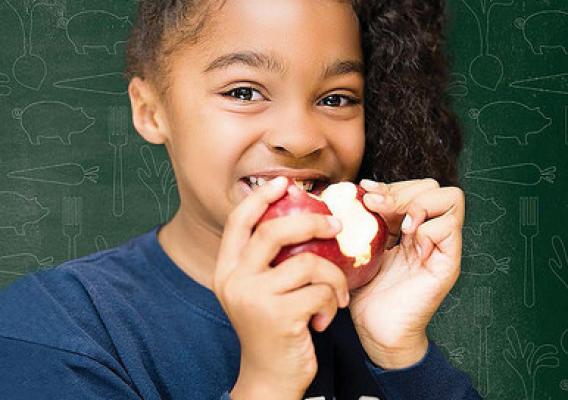Fruits and vegetables are at the top of USDA’s back to school list, and just in time for the new school year, the Pilot Project for Procurement of Unprocessed Fruits and Vegetables is making it easier for schools in eight states to purchase them. The 2014 Farm Bill authorizes the pilot in not more than eight states participating in the National School Lunch Program, and provides them with an opportunity to better access nutritious foods. The pilot also helps create and expand market opportunities for our nation’s fruit and vegetable producers, opening the door for a variety of vendors, small growers, food hubs and distributors to supply unprocessed fruits and vegetables to participating schools.
So far, five states (California, Connecticut, Michigan, New York and Oregon) have spent over $600,000 through the pilot from February through June 2015. Several California districts contracted a produce distributor to connect local and regional producers with schools to receive peaches, cauliflower, apricots, and kale from their state. Students in Oregon are chomping on pears from the Pacific Northwest, while many Connecticut and New York schools are feasting on Macintosh apples from Massachusetts orchards and Empire apples from New York. Virginia, Washington, and Wisconsin were also selected for the pilot and will begin receiving deliveries of fruits and vegetables in the coming months.









